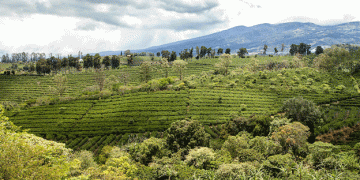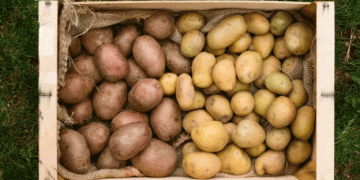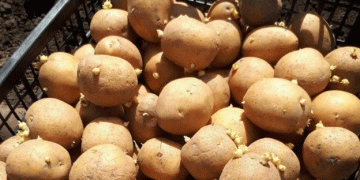The government of Pakistan announced a new national action plan to increase yields through the modernization of the agricultural sector on June 28, according to the online platform AgroPages.
New technologies in fields, processing plants and aquaculture will be used to strengthen the respective production chains. The plan also provides for the mechanization of harvesting and post-harvest processes, which will include funds for the development of trade and cooperation in the field of agriculture. In addition, the plan includes the creation of foot-and-mouth disease-free zones, which is a measure to improve livestock health.
Expected results for the agricultural sector in the next financial year should reach almost 4 percent growth compared to the previous year. However, these results depend on the full recovery of cotton and wheat production and the availability of agrochemicals and seeds. Water scarcity is also cited as a potential crop shortage.
“Water scarcity is due to poor water management in Pakistan,” said Imran Khalid, director of management and policy at the local office of the World Wildlife Fund.
One of the biggest problems with the country’s manufacturing capacity has to do with extreme weather events. Pakistan is suffering from a prolonged drought exacerbated by record heat waves, with temperatures often exceeding 50°C in many parts of the country. Massive forest fires are raging over large areas.
The United Nations Environment Program (UNEP) has warned that such events are causing food and energy shortages that could affect Pakistan and India, affecting more than a billion people. “Extreme heat has a serious impact on the agricultural sector,” said Sumali Khosla, UNEP financial expert on climate change adaptation. “Climate-related heat stress will exacerbate drought and exacerbate water shortages for irrigation.”
“This affects farming communities and potentially creates additional food security issues in the affected countries,” she added.






